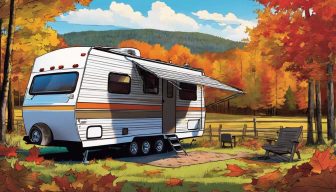How to Stay Warm in a Tent Without Electricity
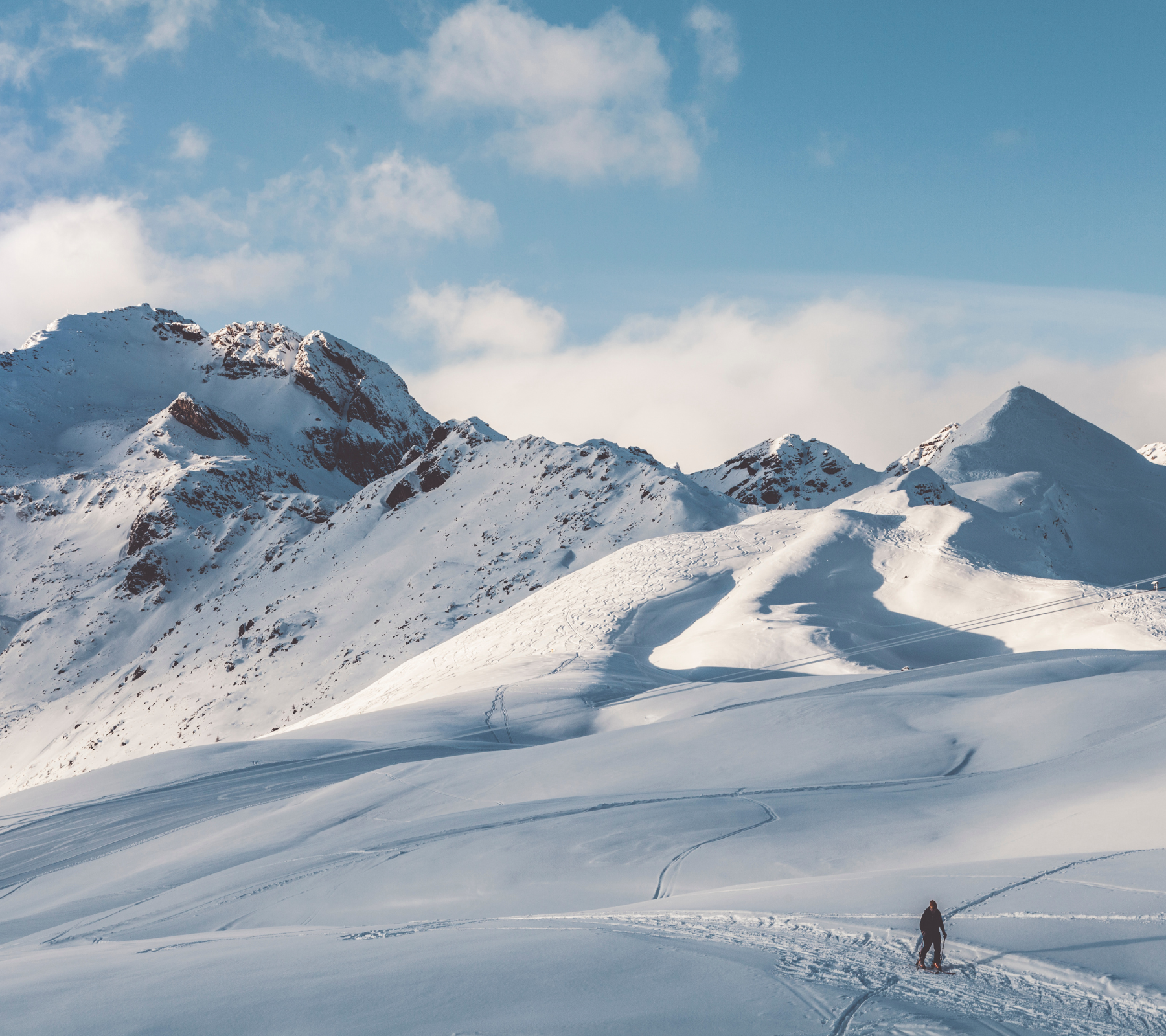
Winter camping in a tent without a heater can seem daunting. The idea of sleeping in the outdoors in freezing or sub-zero temperatures may sound impossible without an electric, gas or propane heater.
However, it is possible to stay warm in a tent without electricity or a heater.
Portable camping heaters can be effective, but they can also be very dangerous. Depending on the heater, these devices can release carbon monoxide into the air, and cause fires.
There are a number of creative and safe ways to stay warm in a tent without electricity that don’t put you at risk of toxic fumes or fire. These solutions can also help you stay warm over a longer period of time and build natural forms of heat according to your body temperature.
- Use a 4-season, double-wall tent to create an air-tight environment and retain heat.
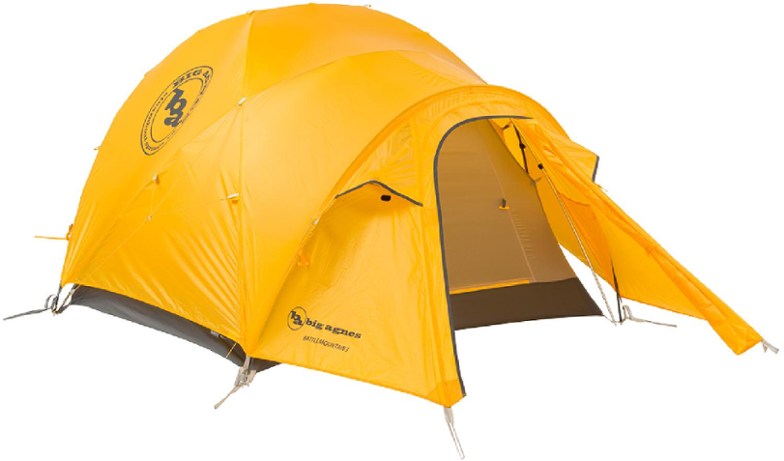
The first, most important step in heating a tent is to invest in a quality tent that has been designed for cold weather. That means that the tent should be able to withstand snow, wind and ice. A double-wall tent consists of two walls—an inner tent body and an exterior rainfly.
The rainfly is placed on top of the tent body because it is 100% waterproof and designed to keep out the elements. The inner tent body is made with a breathable material and designed to provide ventilation and air flow. The two materials are combined to protect against water and keep the temperature stable.
- REI Co-op Arete ASL 2, 4-Season Tent (free of flame retardants)
- Mountain Hardwear Trango, 4-Season Tent (free of flame retardants)
- Big Agnes Battle Mountain 3, 4-Season Tent (free of flame retardants)
- Mountain Hardwear Outpost 2, 4-Season Tent (free of flame retardants)
2. Use a footprint to protect your tent foundation and prevent cold moisture from entering the structure.

A tent footprint is a waterproof groundsheet that sits under your tent. The footprint protects your tent floor from rips and tears, as well as the cold ground and moisture. Tent footprints are made of polyethylene, oxford nylon, or polyester.
- REI Co-op Arete ASL 2 Footprint (free of flame retardants)
- Mountain Hardwear Trango 2 Footprint (free of flame retardants)
- Big Agnes Battle Mountain 3 Footprint (free of flame retardants)
- Mountain Hardwear Outpost 2 Footprint (free of flame retardants)
3. Seal your tent’s perimeter with a snow skirt to keep out rain, snow and wind.
4 season tents intended for usage at high altitudes or in the arctic often come equipped with snow skirts. Snow is placed on the skirt to seal the perimeter and prevent wind-driven snow from entering the tent. In high winds, the skirt may also stabilize the tent and keep it from swaying.
4. Retain your body heat by bundling up in a Mylar and wool blanket combination.

Mylar blankets reflect heat back onto the object that is generating the heat. If you wrap yourself in a wool blanket, and then wrap the mylar blanket around like a shell, the mylar will reflect the heat created by your body and the wool blanket.
5. Use a winter sleeping bag with a temperature rating of +15° Fahrenheit and lower.

What is the warmest sleeping bag?
- Pajak Sport Radical Sleeping Bag – Temperature Rated: -99.4° Fahrenheit
What type of sleeping bags are best for cold weather?
- Marmot Warmcube Expedition Sleeping Bag – Temperature Rated -30° Fahrenheit
- NEMO Sonic Sleeping Bag – Temperature Rated -20° Fahrenheit
- Big Agnes Lost Ranger 3N1 Sleeping Bag (no flame retardants) – Temperature Rated 15° Fahrenheit
What is the warmest and lightest sleeping bag?
- The North Face Wasatch 0F Synthetic Sleeping Bag – Temperature Rated -18° Fahrenheit, Regular Weight 2.1 pounds
- Therm-a-Rest Parsec Sleeping Bag: 0-Degree Down – Temperature Rated 0° Fahrenheit, Regular Weight 2.6 pounds
- Mountain Hardwear Phantom 15 Sleeping Bag (free of flame retardants) – Temperature Rated 0° Fahrenheit, Regular Weight 2.1 pounds
- Western Mountaineering Versalite Sleeping Bag – Temperature Rated 10° Fahrenheit, Regular Weight: 0.93 kg | 2.06 pounds
6. Add a sleeping bag liner to your sleep system.
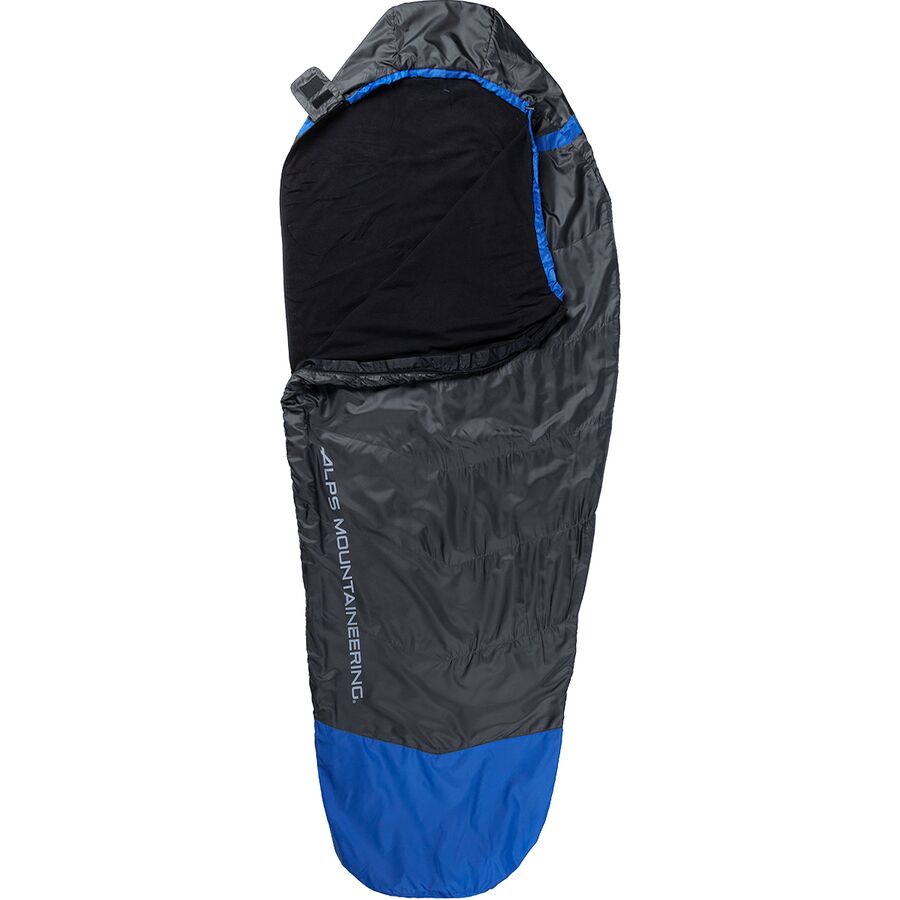
A sleeping bag liner is inserted inside your sleep system and can elevate the internal temperature of a sleeping bag by 20-25F degrees.
7. Use a wearable sleeping bag instead of a winter jacket.
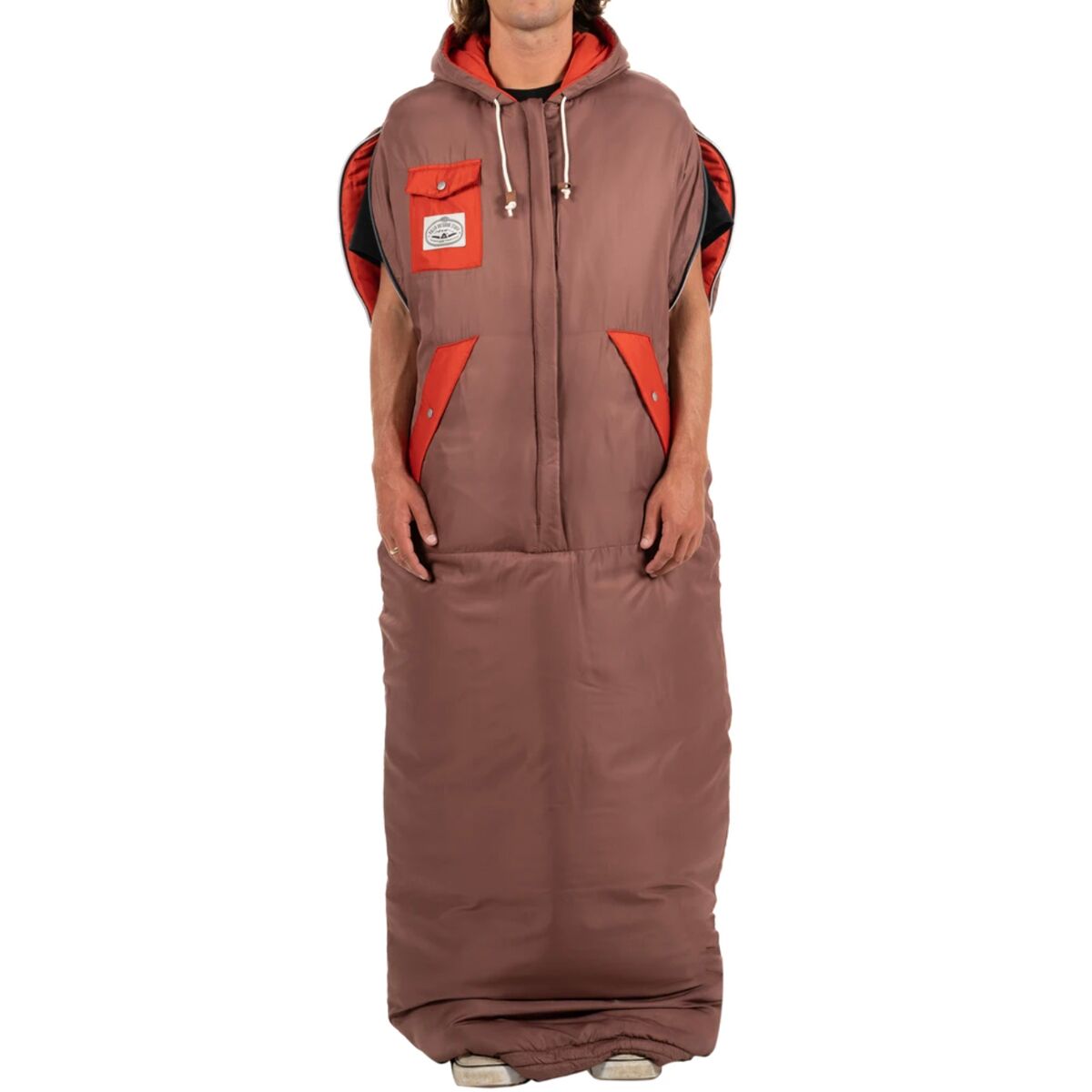
Wearable sleeping bags are modified so that you’re able to wear the sleeping bag like poncho. They include openings for your arms, head and legs, and the ability to shorten and lengthen the sleeping bag as needed.
8. Warm your extremities with heated socks and gloves.
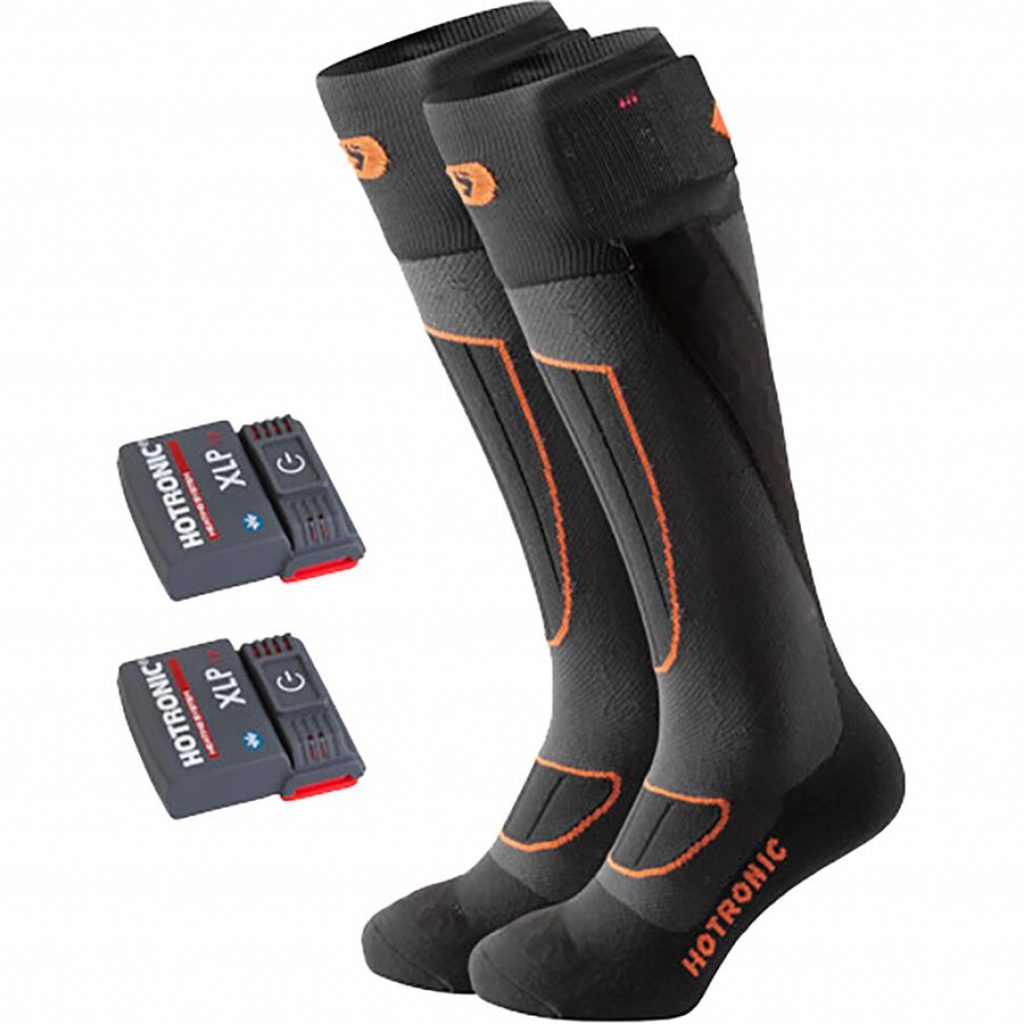
Heat socks are paired with a portable, battery powered heater specifically to warm your feet.
Heated gloves are rechargeable, battery-powered heating device to warm hands and fingers.




